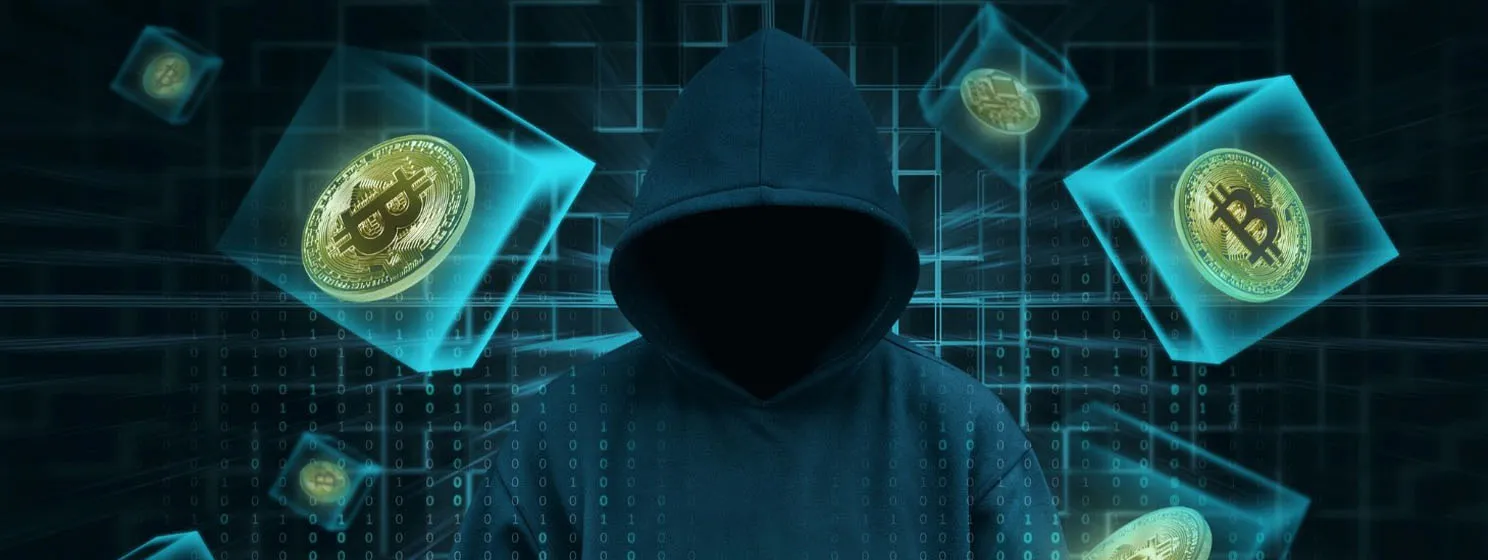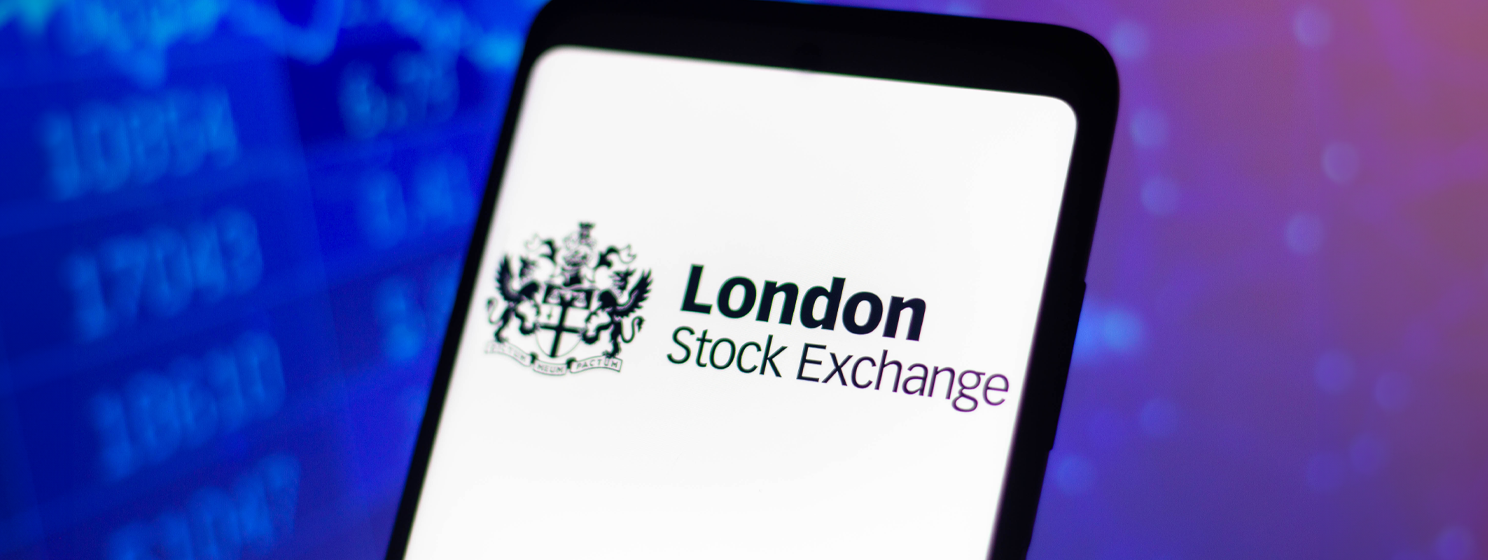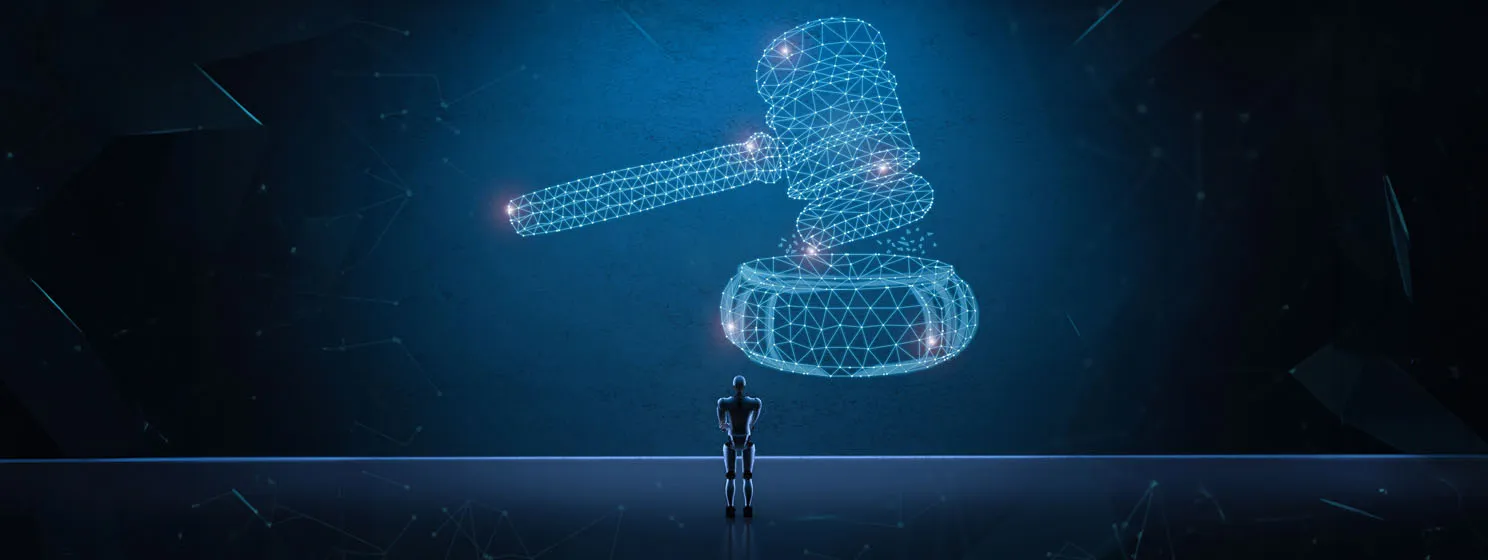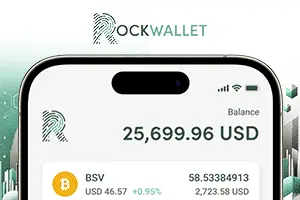|
Getting your Trinity Audio player ready...
|
In 2024, North Korean hackers stole approximately $1.3 billion through cryptocurrency heists, setting a new record for cybercrime in the digital asset space. These illicit funds are reportedly used to finance the country’s ballistic missile and nuclear programs, raising global security concerns. While such attacks have plagued the industry for years, the introduction of blockchain-based digital asset recovery services, such as the one pioneered by the BSV Association (BSVA), offers a compelling solution to prevent criminals from profiting off stolen funds.
Cryptocurrency’s permissionless nature has long been exploited by cybercriminals who use sophisticated hacking techniques to infiltrate exchanges, wallets, and smart contracts. North Korea’s Lazarus Group, one of the most notorious hacking syndicates, has been linked to numerous high-profile breaches, including those targeting major decentralized finance (DeFi) platforms and centralized exchanges.
Unlike traditional financial crimes, which can be mitigated through regulatory oversight and bank monitoring, crypto-related theft often leaves victims with little recourse due to blockchain transactions’ decentralized and pseudonymous nature.
The consequences of such theft extend beyond financial loss. When stolen assets are funneled into state-sponsored illicit activities, they directly threaten international stability. Governments and regulators have struggled to enforce effective countermeasures, with existing anti-money laundering (AML) and Know Your Customer (KYC) regulations proving insufficient in preventing the rapid laundering of stolen funds through mixing services and cross-chain swaps.
A paradigm shift is underway with the introduction of the BSVA’s Digital Asset Recovery (DAR) service. This service aims to make blockchain safer by enabling the lawful recovery of stolen assets through a legal and technical framework that respects property rights. Unlike traditional crypto tracing tools, which focus on tracking illicit funds, DAR provides a mechanism for rightful owners to reclaim their stolen digital assets.
At its core, DAR leverages blockchain’s immutable ledger in a way that aligns with real-world legal systems. By integrating legal processes into blockchain infrastructure, DAR enables authorities and victims to seek the return of stolen assets through lawful intervention. This process includes obtaining court orders that mandate service providers and miners to freeze and reassign stolen assets, effectively rendering them unusable by cybercriminals.
The implications of such a system are profound. If hackers know that stolen funds can be frozen and reassigned to their rightful owners, the incentive to steal digital assets diminishes. Unlike traditional tracing methods, which often end in frustration as criminals obfuscate their tracks, DAR offers a proactive solution that disrupts the hacker’s ability to profit. A functional recovery system not only serves as a deterrent but also restores confidence among investors, businesses, and users who have long viewed cryptocurrency as a high-risk environment.One of the fundamental misunderstandings about blockchain is the belief that it must remain a lawless frontier for it to remain decentralized. However, Satoshi Nakamoto hinted at the necessity of enforceable property rights within a blockchain system. He compared assets that cannot be recovered or protected to “gold turning into lead,” suggesting that a digital financial system without accountability would ultimately degrade in value.
When criminals can exploit blockchain’s permissionless nature without consequences, the entire ecosystem suffers. DAR and similar initiatives aim to ensure that blockchain becomes not a haven for illicit activity but a tool for transparent, secure, and legally recognized transactions.
The future of secure blockchain transactions will depend on integrating such frameworks into the industry. While regulatory policies, cybersecurity advancements, and compliance measures will play their roles, the ability to recover stolen assets provides an essential layer of protection. The work being done by the BSVA is setting a precedent for how blockchain technology can be reconciled with the principles of legal property rights and justice.
For blockchain to realize its full potential, it must offer financial freedom and security. Enabling legitimate recovery of stolen assets is not a limitation on decentralization; it is a necessary step toward mass adoption and likely a prerequisite for blockchain to be adopted across the spectrum of business and government. The era where hackers can freely profit from stolen cryptocurrency may soon be coming to an end, thanks to solutions like BSV’s Digital Asset Recovery, which prioritizes accountability and justice in the digital economy.
Watch: Digital Asset Recovery takes token recovery seriously

 09-18-2025
09-18-2025 





